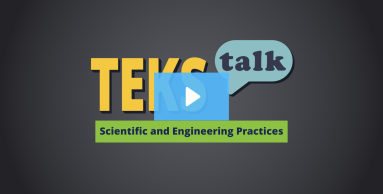
Knowledge and Skills Statement
The further explanation is designed to be a resource for educators that helps them better understand the topic their students are learning. Further explanations may be written at a more complex level than would be expected for students at the grade level.
Katherine Johnson was a historical black American mathematician whose calculations of orbital mechanics as a National Aeronautics and Space Administration (NASA) employee were critical to the success of the first and subsequent U.S. crewed spaceflights. She worked on the Space Shuttle and the Earth Resources Technology Satellite (ERTS, later renamed Landsat) and authored or coauthored 26 research reports. In 2015, President Barack Obama awarded Johnson the Presidential Medal of Freedom.
Sally Ride was a NASA astronaut and the first American woman to fly in space. Her role on the space shuttle was to operate the robotic arm. She was a crew member of two space missions flown in 1983 and 1984. After ten years with NASA, Sally Ride pursued a career as a college physics professor at University of California. While at the university she came up with the idea for NASA's EarthKAM project. EarthKAM lets middle school students take pictures of Earth using a camera on the International Space Station.
Ernest Just was a pioneering black biologist, academic and science writer. Just's primary legacy is his recognition of the fundamental role of the cell surface in the development of organisms. His work specialized in the physiology of development, especially in fertilization.
Research
Cox, Carole. “Meet the Scientist.” Reading Rockets, 7 Nov. 2013. (link unavailable)
Summary: This article explains that teaching children about famous scientists and their responsibilities helps them better understand science's history and how we have all benefited from scientific innovations.
Research
Kruse, Jerrid, and Sarah Borzo. “People Behind the Science.” Science and Children, vol. 48, no. 4, 2010, pp. 51–55. JSTOR, http://www.jstor.org/stable/43175414. Accessed 29 Nov. 2022.
Summary: Students are more likely to be engaged and connected to the science curriculum when discussing historical stories of famous scientists and scientific discoveries. This article explains that students should be introduced to historical science figures and innovations using videos and short stories but should be encouraged to participate in more hands-on activities. It's important to discuss different types of scientists, how they work, and how they may work together to solve problems or make discoveries.
